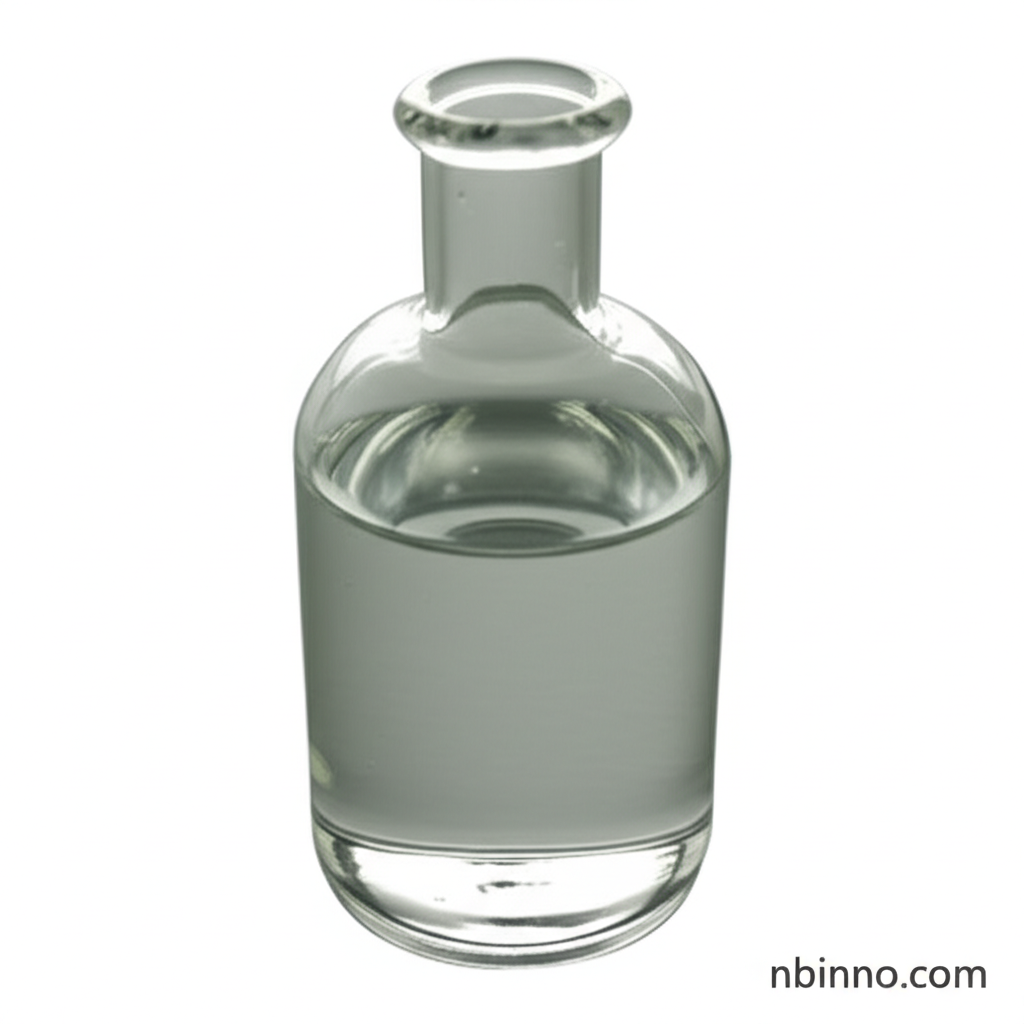Unlock the Versatility of 2-Octanol: A Key Chemical Intermediate
Explore the diverse industrial applications and chemical properties of 2-Octanol, a vital organic synthesis intermediate.
Get a Quote & SampleProduct Core Value

2-Octanol
2-Octanol (CAS 4128-31-8) is a crucial chemical intermediate with a broad spectrum of industrial uses. Its unique properties make it indispensable in various manufacturing processes.
- Discover how 2-Octanol serves as a key chemical intermediate in the synthesis of essential compounds.
- Learn about the utility of 2-Octanol as a surfactant raw material, contributing to effective formulations.
- Understand the role of 2-Octanol as a defoamer, improving efficiency in industrial processes.
- Explore the applications of 2-Octanol as a solvent for oil and wax, facilitating various extraction and cleaning tasks.
Key Advantages and Properties
Chemical Versatility
As a versatile chemical intermediate, 2-Octanol finds extensive use in producing plasticizers like Di sec octyl phthalate, enhancing material flexibility.
Broad Industrial Utility
Its application as a raw material for synthetic fiber oil agents, flotation agents, and pesticide emulsifiers highlights its broad industrial utility.
Effective Solvent Properties
2-Octanol is an excellent solvent for oil and wax, making it valuable in extraction processes and industrial cleaning applications.
Key Applications
Plasticizer Production
2-Octanol is esterified with phthalic anhydride to produce Di sec octyl phthalate, a widely used plasticizer for polyvinyl chloride (PVC).
Surfactant Manufacturing
It acts as a foundational component in the synthesis of various surfactants, improving their performance in emulsification and detergency.
Industrial Lubricants
The chemical properties of 2-Octanol make it suitable for use in the formulation of industrial lubricants and as a defoaming agent.
Agrochemicals
Utilized as a raw material for pesticide emulsifiers, contributing to the effectiveness and application of agricultural chemicals.
